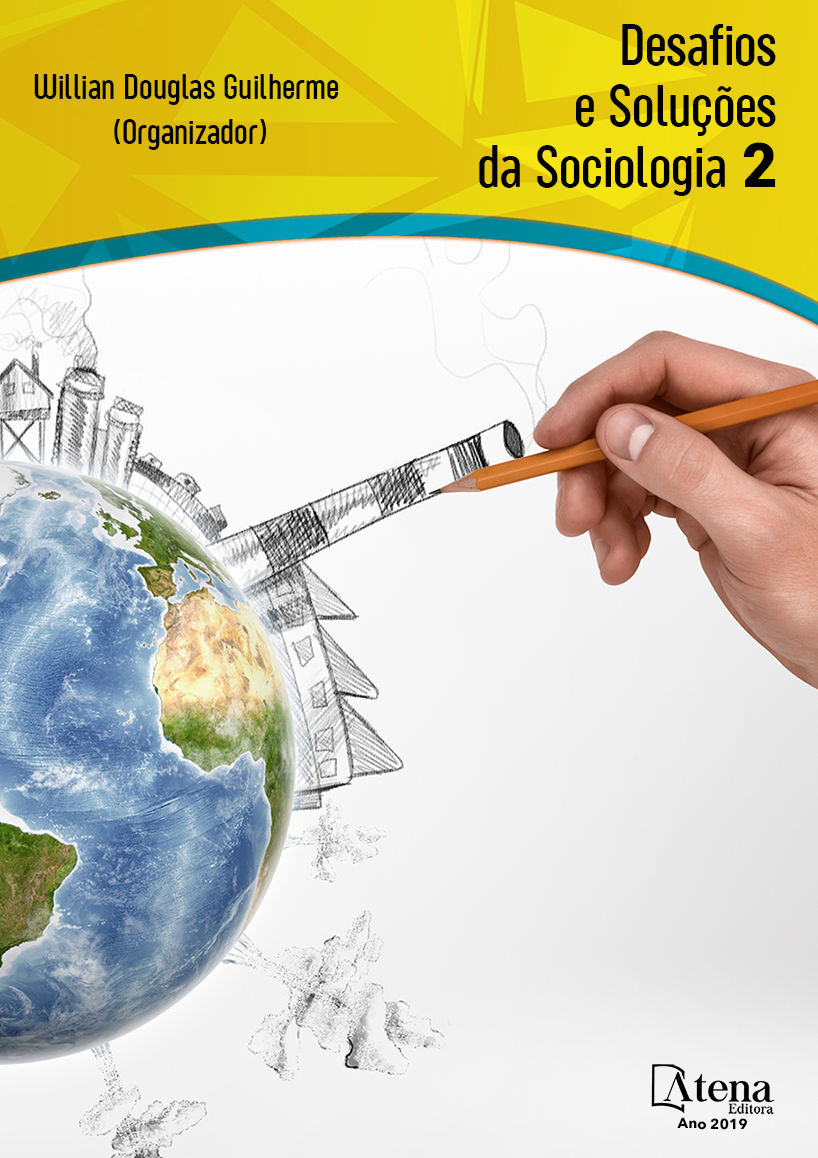
ESTUDO QUANTITATIVO DOS IMPACTOS AMBIENTAIS DOS COMPLEXOS EÓLICOS SANTA MÔNICA E ROSA DOS VENTOS
Para diversificar a matriz energética
e minimizar a poluição do meio ambiente, o
homem passou a utilizar diferentes formas
de geração de energia elétrica, dentre elas, a
que está em ascensão no Brasil é a geração
de energia a partir das forças dos ventos,
denominada de energia eólica. Este tipo de
energia é considerada uma energia limpa, pois,
não lança poluentes na atmosfera e o impacto
sobre o meio ambiente ocorre somente no local
da instalação do empreendimento. Este estudo
tem o objetivo de verificar os tipos de impactos
ambientais mais frequentes originados nos
parques que compõem os complexos eólicos
Santa Mônica, localizado no litoral cearense, e
Rosa dos Ventos, localizado interior paranaense,
através de uma metodologia bibliográfica e
quantitativa, com auxílio dos seus respectivos
Relatórios de Impacto Ambientai (RIMA).
Os resultados mostraram que os impactos
negativos mais frequentes, apresentados nos
RIMAS dos empreendimentos analisados foram:
a colisão de aves e quirópteros nas hélices
dos aerogeradores, o atropelamento da fauna
terrestre, a alteração da paisagem, a geração
dos resíduos sólidos, a alteração da qualidade
das águas superficiais e subterrâneas, a
contaminação do solo e a alteração na sua
dinâmica erosiva. E como impactos positivos
mais frequentes foram: o crescimento do
comércio local, e o aumento da qualificação e
treinamento da mão de obra. Portanto, mesmo
instalado em regiões diferentes, os impactos
provocados pelos parques eólicos analisados
foram os mesmos.
ESTUDO QUANTITATIVO DOS IMPACTOS AMBIENTAIS DOS COMPLEXOS EÓLICOS SANTA MÔNICA E ROSA DOS VENTOS
-
DOI: 10.22533/at.ed.26919250636
-
Palavras-chave: Energia eólica. Impacto ambiental. RIMA.
-
Keywords: Wind energy. Environmental impact. RIMA.
-
Abstract:
In order to diversify the
energy matrix and minimize pollution of the
environment, man started to use different forms
of electric energy generation, among which,
the one that is rising in Brazil is the generation
of energy from the forces of the winds, called
wind energy. This type of energy is considered
a clean energy because it does not release
pollutants into the atmosphere and the impact
on the environment occurs only at the place of
installation of the project. This study aims to
verify the most frequent types of environmental
impacts originating in the parks that compose the Santa Mônica wind farms, located in
the coast of Ceará, and Rosa dos Ventos, located in the interior of Paraná, through a
bibliographic and quantitative methodology, with the aid of their Environmental Impact
Reports (RIMA). The results showed that the most frequent negative impacts presented
in the RIMAS of the analyzed projects were: the collision of birds and Chiropterans in
wind turbine propellers, trampling of terrestrial fauna, alteration of landscape, generation
of solid waste, alteration of quality of surface and groundwater, soil contamination and
changes in erosive dynamics. And the most frequent positive impacts were: the growth
of local trade, and the increase in qualification and training of the workforce. Therefore,
even when installed in different regions, the impacts caused by the analyzed wind
farms were the same.
-
Número de páginas: 15
- Guilherme Geremias Prata
- Rejane Felix Pereira


